There are a huge variety of animals that are colored black and white. These include reptiles, mammals, fish and birds. Due to such a huge variety, we should explore some of the black and white animals in our world!
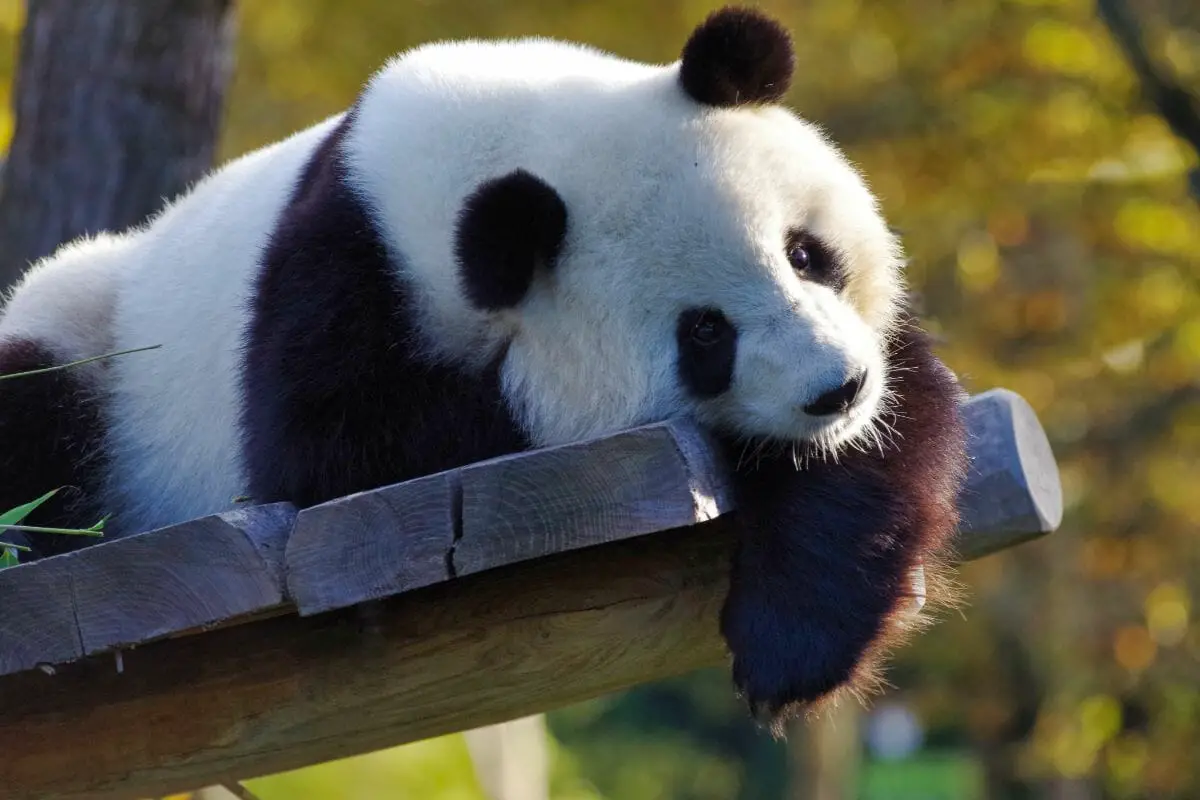
We’ve decided to make a list with some interesting facts about black and white animals in our world – can you think of any that may appear on our list?
Read on for more.
The Reason For Black And White Colors
Animals are colored, usually as a result of evolution. It’s normally a survival tactic. However, the survival of certain animals will depend on their natural environment and what predators or prey may live nearby.
For example, some animals are colored black and white for camouflage – to hide away from potential threats or even to hide out of sight of their prey before they attack.
Other animals will be colored black and white for aposematism. This is a way to warn other animals of their dangers. The perfect example of this, when we talk about other colors, is the poison tree frog.
They normally have bright colors to warn other animals not to eat them due to their deadly toxins. However, some black and white animals will use aposematism to warn other animals of their potential defenses too.
Some animals even have black and white markings to prevent insects from making them sick! With such an array of possibilities, let’s give you some answers!
The Zebra
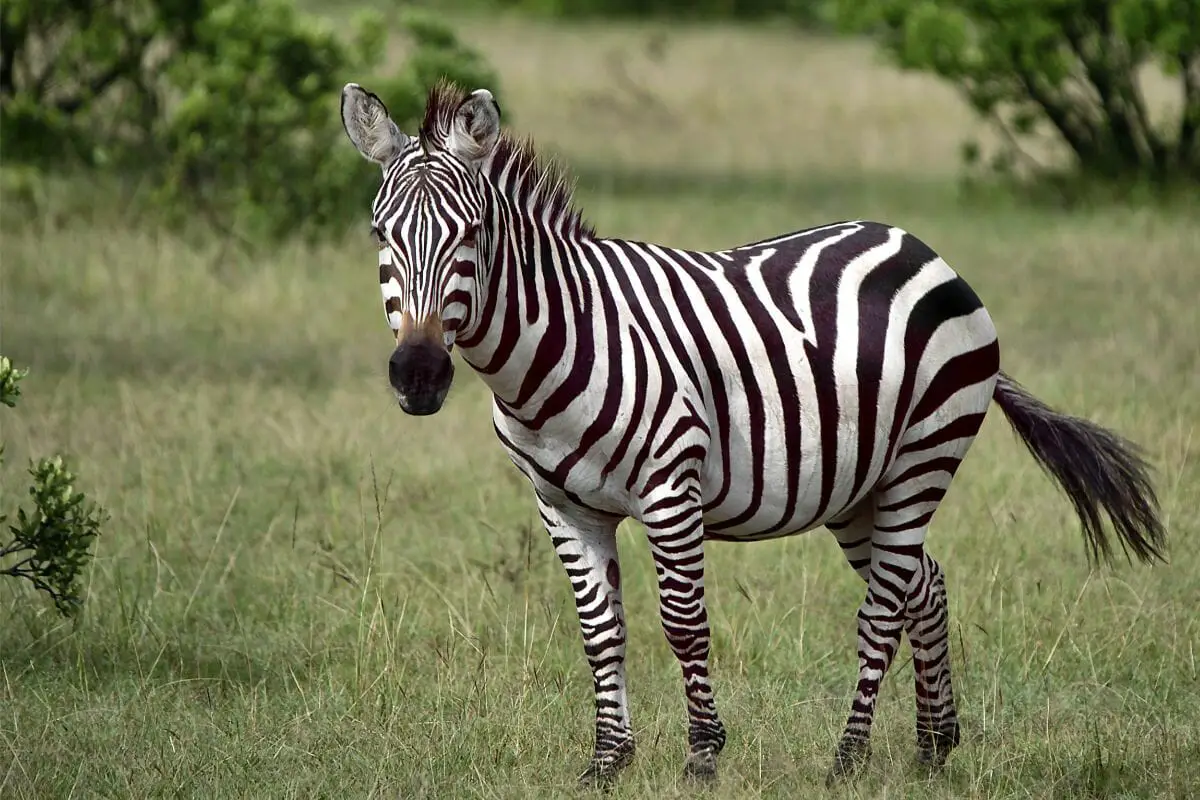
Let’s kick off our list with our previous point. The zebra is theorized to have black and white markings to prevent flies that carry diseases, potentially making them sick and eventually cause a fatality – or even an epidemic.
However, researchers also suggest that zebra markings are a way to confuse their natural predators into thinking they are in a herd. Lions, for example, may find it much more difficult to attack a zebra in a herd than when they are alone.
Zebras are native to Africa and are generally vegetarian – much like their evolutionary counterpart, the horse.
The Skunk
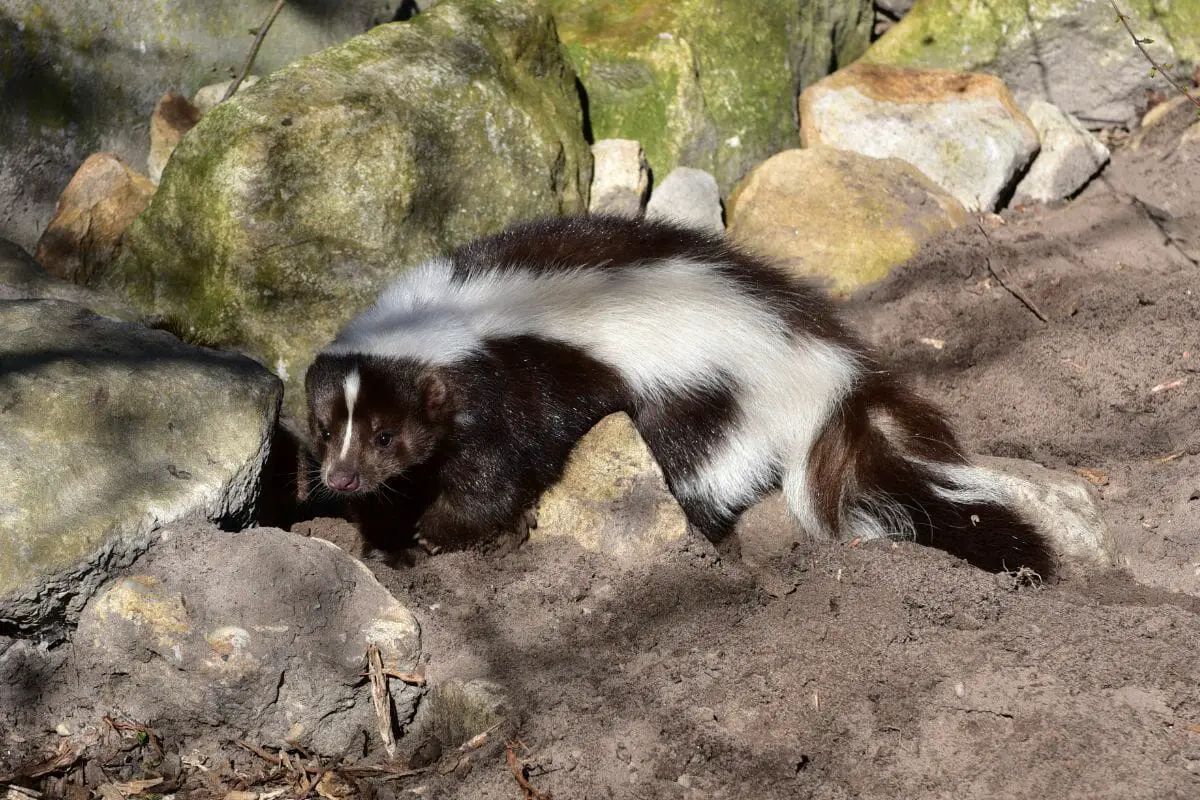
No list of black and white animals would be complete without the skunk appearing on it. The skunk is a common animal in North America, and can often be found as roadkill in the United States!
Their black and white colors are a way to warn their potential predators of their chemical-spraying defenses. Whilst some predators will still attack the skunk, they rarely will do so a second time after being sprayed!
As such, the skunk’s spray defenses are more survival instincts as a species rather than simply individually.
Skunks enjoy a diet of berries and nuts, but depending on the season, they may also enjoy insects like bees and flies!
The Badger
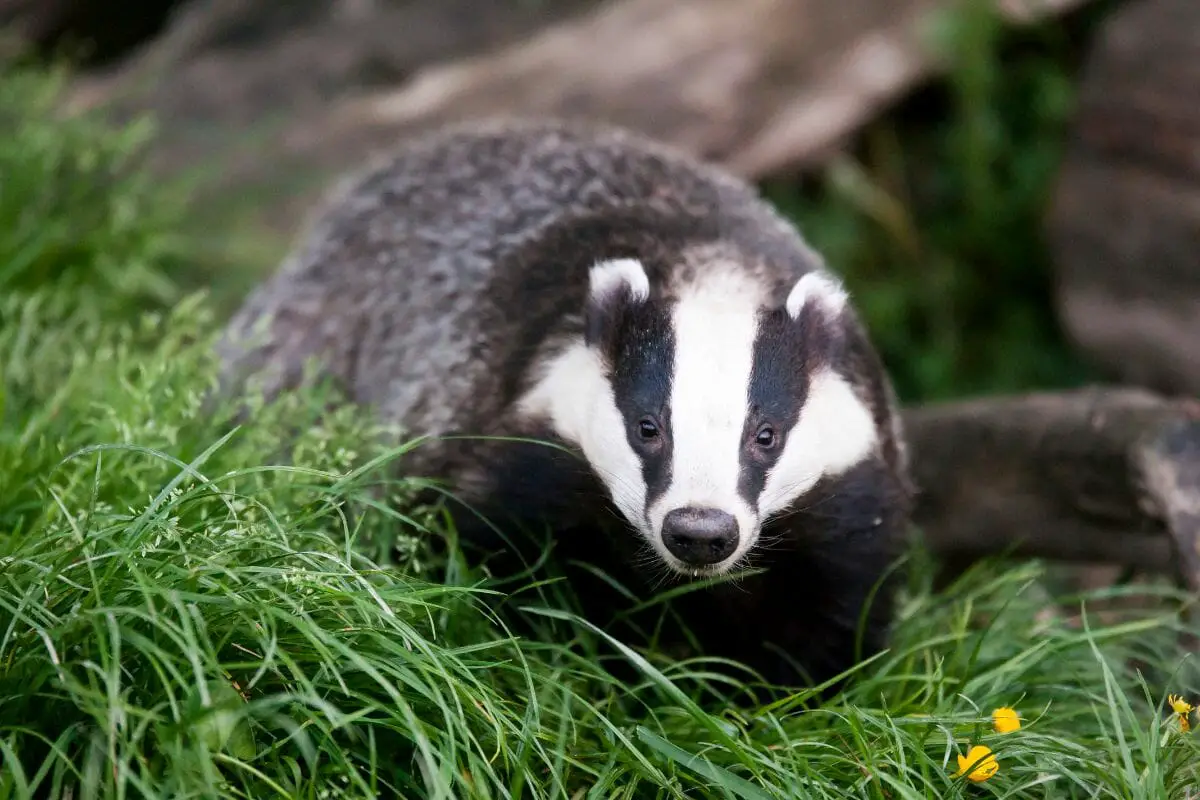
Badgers can be found in many areas of the world – and this is perhaps unsurprising when we consider that there are eleven different species of badger!
Badgers can be found in the United States, Canada, China and the United Kingdom to name a few, but the latter is perhaps the most interesting. This is because the British Government has placed a cull advice on badgers to help prevent the spread of tuberculosis.
This advice is heavily fought by conservation groups, notably one which is headlined by Queen member Brian May.
Badgers tend to eat anything they can get their sharp claws on, including birds, frogs, lizards and berries.
The Penguin
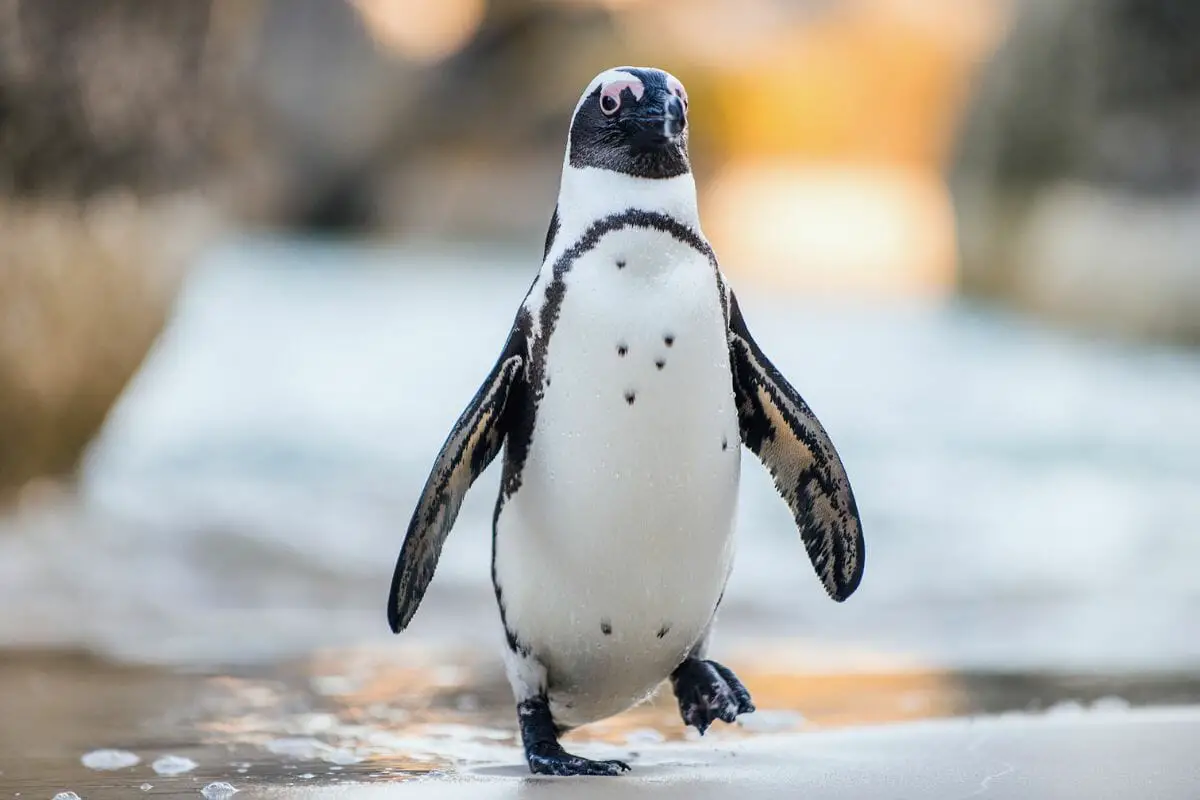
Penguins are among the cutest animals in the world when they’re young, due to their fluffy exterior and small stature.
Even with their huge popularity, some people are unaware that penguins are in fact flightless birds. Well, we say flightless – while they cannot fly in the conventional sense, they’ve evolved to fly through water due to their habitat.
They live in the Southern Hemisphere, apart from the Galapagos penguin which is found in the islands of places such as New Zealand and Peru. But, more typically you can expect penguins near the Antarctic coasts.
What is particularly interesting about the penguin is their color. Their black and white colors are indeed a survival technique. Their white bellies mean they are camouflaged due to reflection in water, i.e. they’re protected from predators below them.
However, their black backs mean they’re also hidden in the water from predators above them. Truly genius!
The Panda

Panda bears are native to China (Also check out Animals Native To China) and their numbers have dwindled due to their change in mating habits. However, conservation efforts have continued helping the panda population to survive.
Pandas enjoy eating bamboo and that is the primary staple of their diet. In fact, they require two species in their range in order to survive. 99% of their overall diet consists of vegetation, but they do have the biology of a carnivore – they are bears after all.
This remaining 1% is reserved for small animals and eggs. They have also been known to eat kidney beans, wheat and pig food!
The Cow

Typically, cows are depicted as black and white, but this is actually the Holstein/Friesian cattle. These cows are found in Europe and North America and are typically dairy cows – bred for their ability to produce milk.
However, they are also bred for their quality of meat – ready for beef.
Their natural lifespan is about twenty years, which is quite a long time when we consider their biology. However, they have evolved with plenty of survival instincts including an amazing sense of smell, taste, hearing and eyesight.
The Bottom Line
There are so many different black and white animals in the world. Typically, their colors are a way to keep them alive, whether this is directly the individual or as a species.
We hope this guide has given you a better understanding of the black and white animals (see also: 10 White Animals You Should Know Of)in our world – did you guess any of our picks?
- 15 Most Common Animals Living In Ponds - 2024-04-23
- What are the Characteristics Of a Wolf – (Characteristics & Interesting Facts) - 2024-04-23
- Animals That Live In The Abyssal Zone - 2024-04-22








